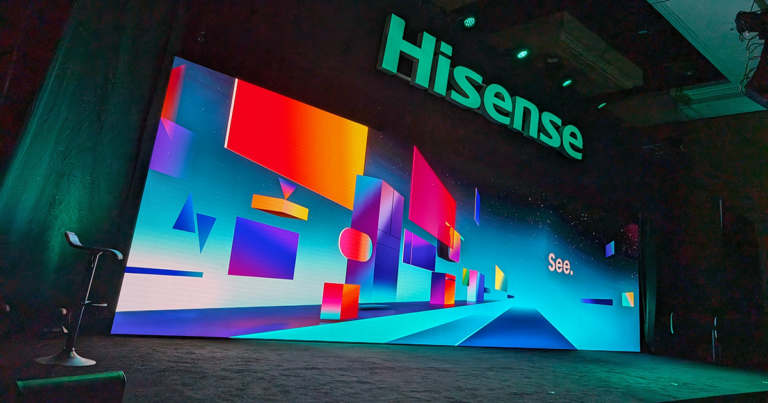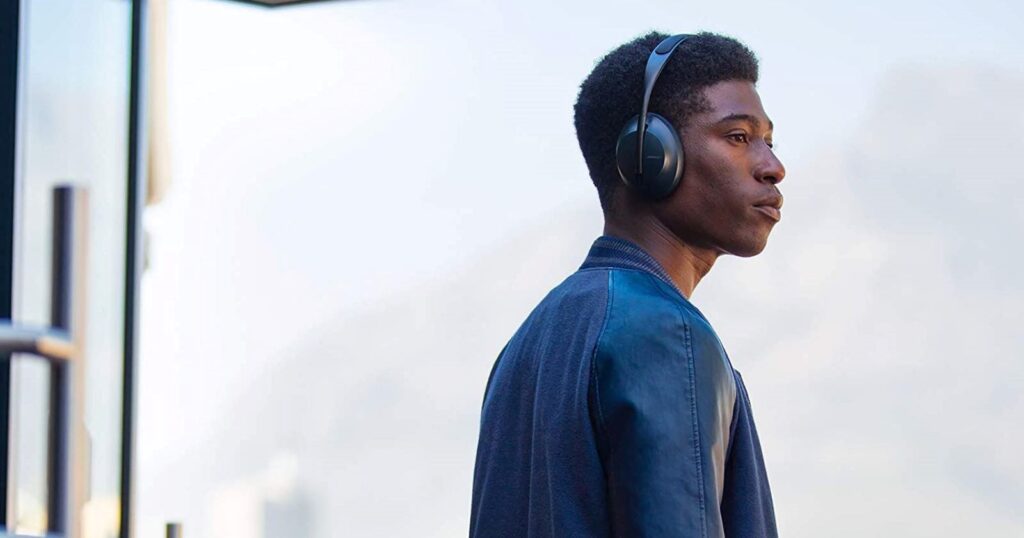Hisense’s strategy of doubling down on Mini-LED TVs appears to be paying off, with data suggesting that it dominated this specific slice of the wider TV market.
Speaking at the company’s CES press conference, Hisense USA head of product marketing Doug Kern pointed to strong sales for the company’s ULED line as a driver for this success.
“Our ULED series TVs showcase our dedication to delivering unmatched quality, performance and value to consumers,” he said, adding that the line had resonated with both critics and consumers.
Of course, the open secret here is that Hisense had a lot more Mini-LED TVs to sell than most of its competiton. The company was one of the first big TV brands to offer Mini LED. In 2023, it upped the ante by integrating Mini LED backlighting across its entire range of ULED TVs.
Kern acknowledged that this move towards mass adoption of Mini LED was a key difference between Hisense and its competition.
“Thanks to this strategy, Hisense was undoubtedly the king of Mini LED,” he said.
With a lead on volume, the company is now looking to gain ground when it comes to the quality of its Mini-LED offerings. There's no better example of this than the Hisense 75UX. At just 14mm, it's said to be the thinnest Mini-LED TV that the manufacturer has ever produced.
Hisense ANZ national product trainer Chris Mayer said that the brand was more than just a player in the Mini-LED market, but a pioneer.
“Our 2024 range further substantiates our credentials in this space. As a brand, we have always had a strong emphasis on showcasing what makes a great television in a simple, concise way – one that makes sense to consumers,” he said.
According to him, the capabilities of Mini-LED as a technology are well suited to the conditions of Australian households.
“When it comes to Mini-LED innovation, Hisense is very much a leading light in the industry and our confidence in this technology is underlined by [the] fact that all 2024 ULED TVs feature Mini-LED tech at their core,” Mayer said.






